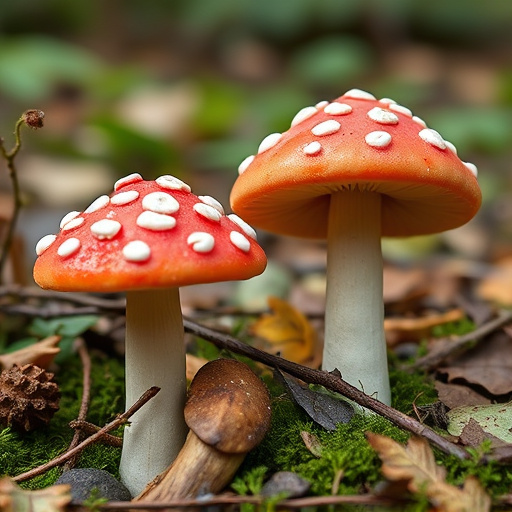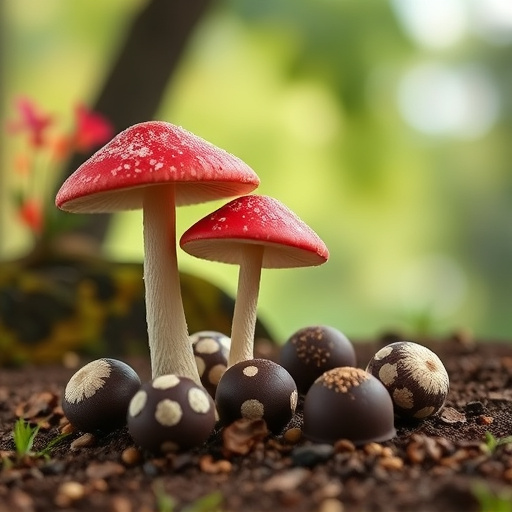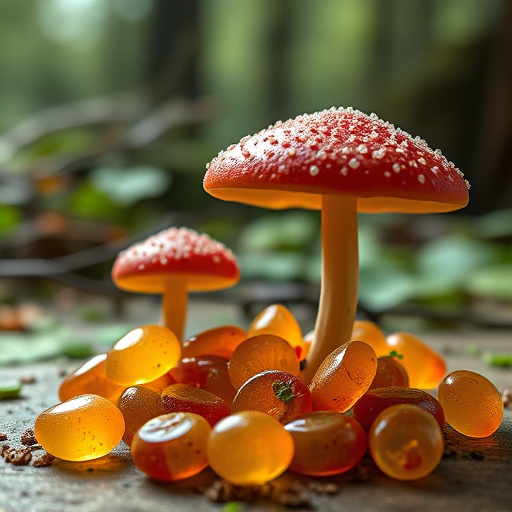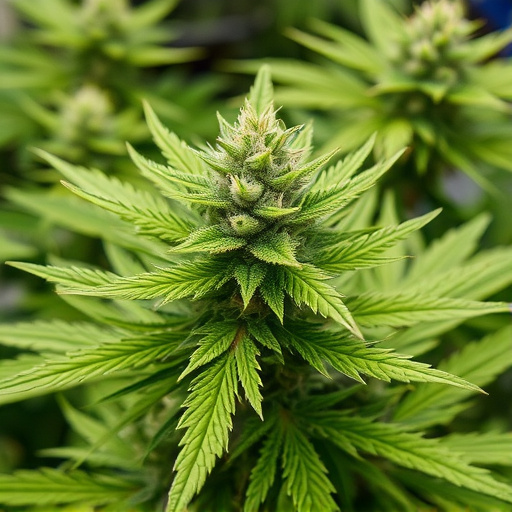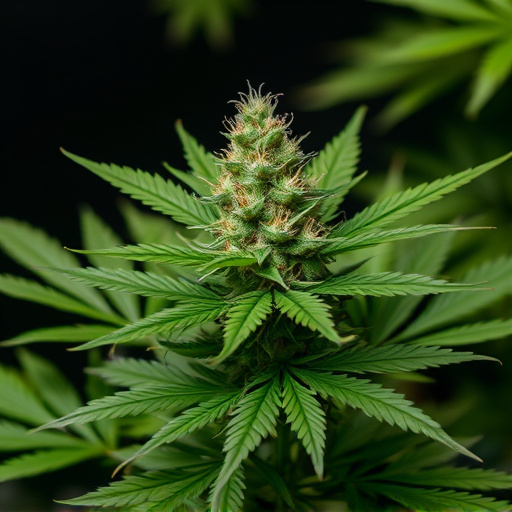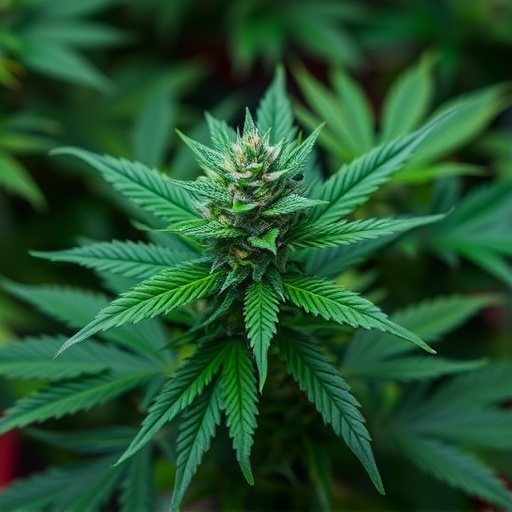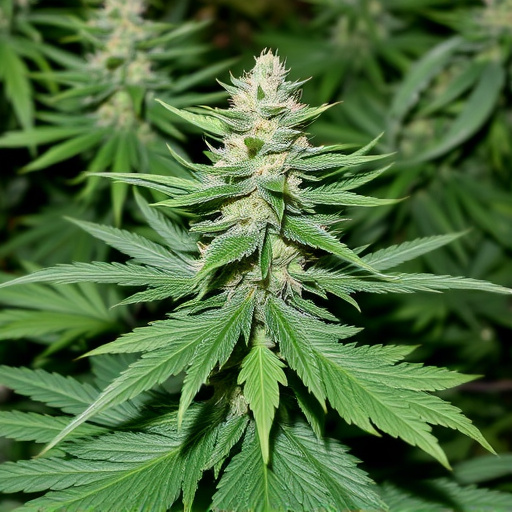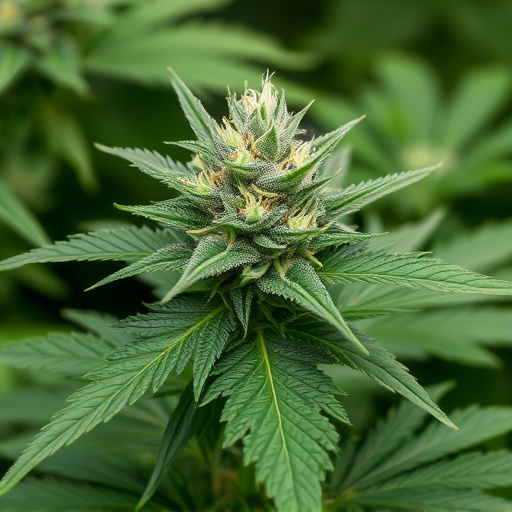Cannabis Sativa strains offer distinct experiences with tall growth, long flowering cycles, and rich terpene & cannabinoid profiles. Terpenes like limonene provide uplifting effects ideal for daytime use, while cannabinoids like THC and CBD offer therapeutic benefits tailored to individual needs. A comprehensive guide helps users select specific Sativa varieties based on cultivation, climate, and personal preferences, enabling responsible cannabis consumption for stress relief, sleep improvement, chronic pain management, increased appetite, reduced inflammation, seizure treatment, and more. Be aware of potential side effects like dry mouth, red eyes, elevated heart rate, cognitive impairment, anxiety, and paranoia, especially with high THC concentrations, as regular consumption can lead to dependence or addiction.
Unraveling the mysteries of cannabis flower is an intriguing journey, especially with the diverse world of cannabis sativa strains. This comprehensive guide aims to provide an insightful look at what to expect when exploring this natural compound. From understanding the unique characteristics of different sativa strains to delving into the science behind terpenes and cannabinoids, we’ll navigate the user experience. Additionally, we’ll uncover potential benefits and side effects, offering a balanced perspective on cannabis consumption.
- Understanding Cannabis Sativa Strains: A Comprehensive Guide
- The Impact of Terpenes and Cannabinoids on User Experience
- Potential Benefits and Side Effects: What to Expect from Consumption
Understanding Cannabis Sativa Strains: A Comprehensive Guide
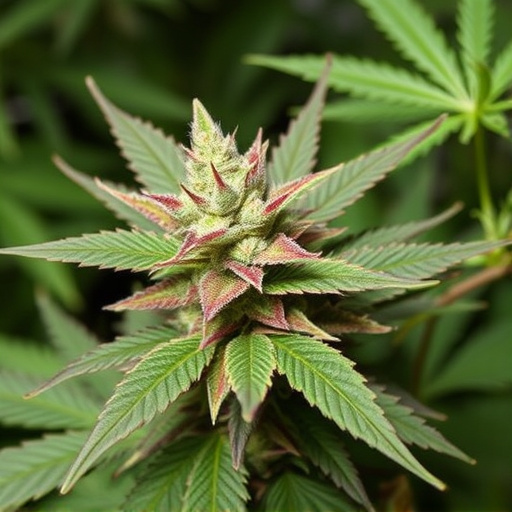
Cannabis enthusiasts often refer to Cannabis Sativa as a category that offers unique experiences, distinct from its Indica counterparts. Understanding the nuances of Sativa strains is crucial for navigating the diverse cannabis landscape. These plants are known for their tall, slender growth patterns and long flowering cycles, producing fragrant blooms rich in terpenes and cannabinoids like THC and CBD. Sativas tend to induce uplifting, energetic effects, often described as cerebral, enhancing focus and creativity. They are popular choices for daytime use or activities requiring mental clarity and heightened sensory perception.
A comprehensive guide to Cannabis Sativa strains reveals a wide array of varieties with distinct characteristics. Some Sativas are renowned for their ability to stimulate appetite, while others may evoke feelings of euphoria and social interaction. Factors like cultivation methods, climate, and genetic heritage play significant roles in shaping the final profile of each strain. Exploring different Sativa varieties allows users to tailor their experience based on desired effects, making informed choices that align with personal preferences and intended uses.
The Impact of Terpenes and Cannabinoids on User Experience
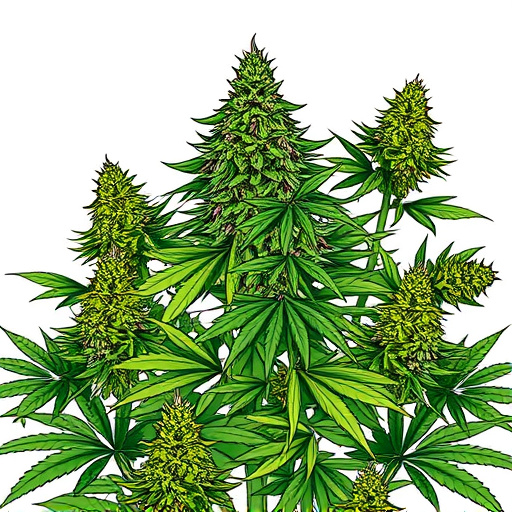
Cannabis flowers offer a complex interplay of terpenes and cannabinoids that significantly shape the user experience. Terpenes, aromatic compounds produced by cannabis plants, contribute to the distinct scents and flavors we associate with different cannabis sativa strains. Beyond their olfactory appeal, terpenes can also influence the plant’s therapeutic effects. For instance, myrcene, a common terpene in many Indica strains, is known for its calming and sedative properties, making it popular among users seeking relaxation and better sleep. Similarly, limonene, prevalent in Sativa strains, is associated with uplifting and energizing effects, enhancing focus and mood.
Cannabinoids, the most well-known being THC (tetrahydrocannabinol) and CBD (cannabidiol), play a pivotal role in the plant’s psychoactivity and medicinal benefits. THC primarily binds to CB1 receptors in the brain, responsible for feelings of euphoria, relaxation, and heightened senses. In contrast, CBD interacts with other receptor types, contributing to potential anti-inflammatory, anti-anxiety, and pain-relieving effects without the intoxicating high associated with THC. Understanding these interactions allows users to choose strains tailored to their desired experiences and therapeutic needs.
Potential Benefits and Side Effects: What to Expect from Consumption
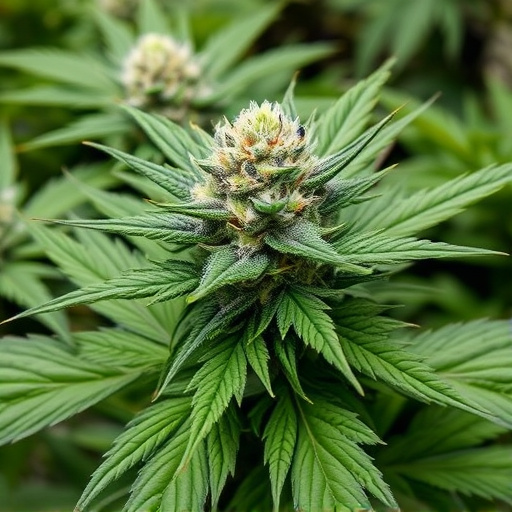
Cannabis consumption, whether through flower, oil, or edible forms, offers a range of potential benefits, largely dependent on the specific cannabis sativa strains and individual consumption methods. Many users attest to its ability to alleviate stress, improve sleep quality, and manage chronic pain—effects attributed to the presence of cannabinoids like THC and CBD. Some studies also suggest that cannabis may aid in improving appetite, reducing inflammation, and treating certain seizures.
However, as with any substance, cannabis use isn’t without potential drawbacks. Common side effects include dry mouth, red or bloodshot eyes, heightened heart rate, and cognitive impairment, especially with higher THC concentrations. In some individuals, it may trigger anxiety or paranoia, particularly in those prone to mental health conditions. Additionally, regular consumption may lead to dependence or addiction over time, underscoring the importance of responsible use and understanding one’s tolerance levels when exploring the potential benefits of cannabis sativa strains.
Cannabis sativa strains offer a diverse range of experiences, shaped by their unique terpene and cannabinoid profiles. Understanding these components is key to navigating the potential benefits and side effects associated with different varieties. Whether seeking relaxation, energy, or specific medicinal advantages, recognizing how different strains can impact your mind and body equips you to make informed choices, ensuring a positive and personalized cannabis journey.


